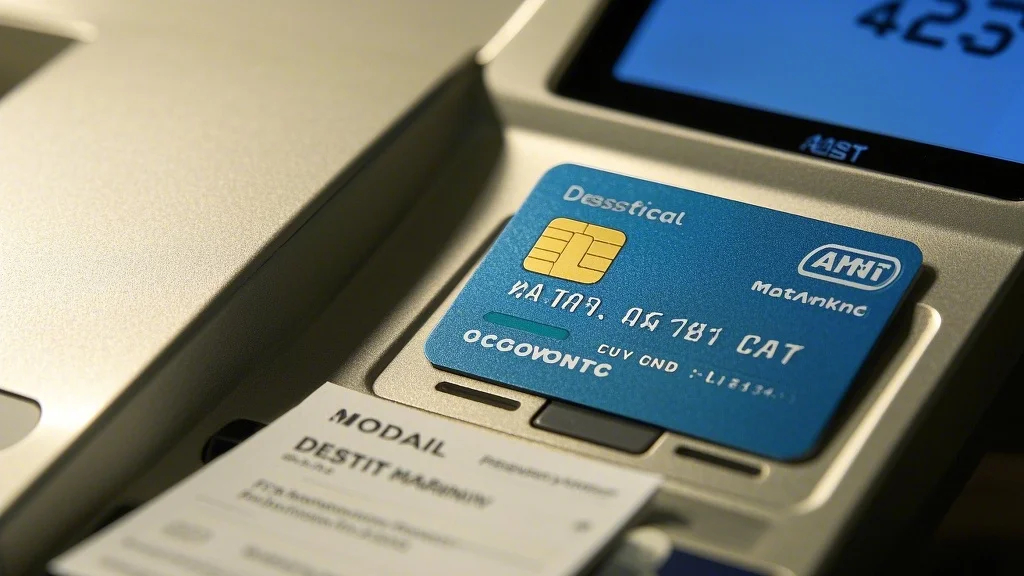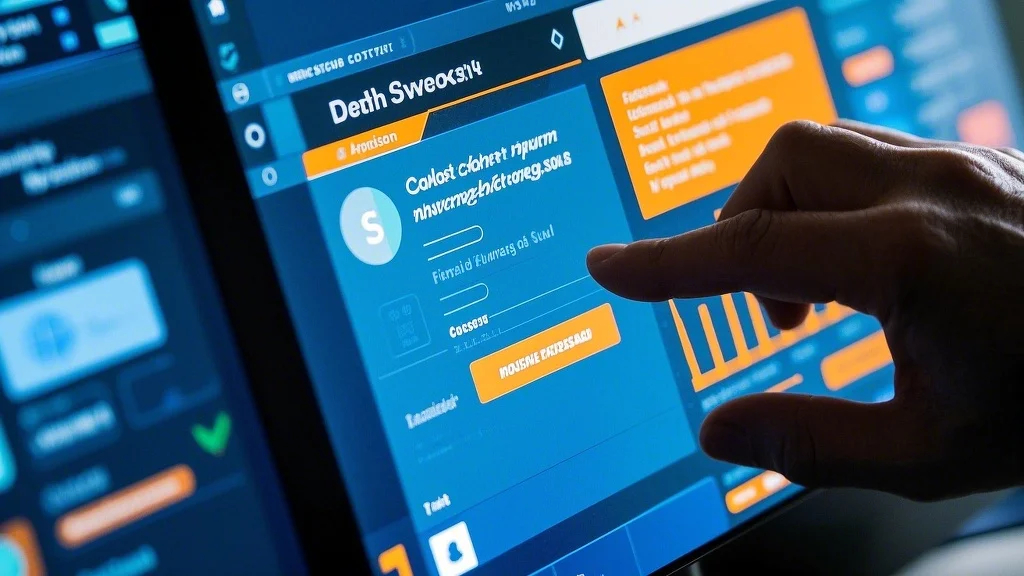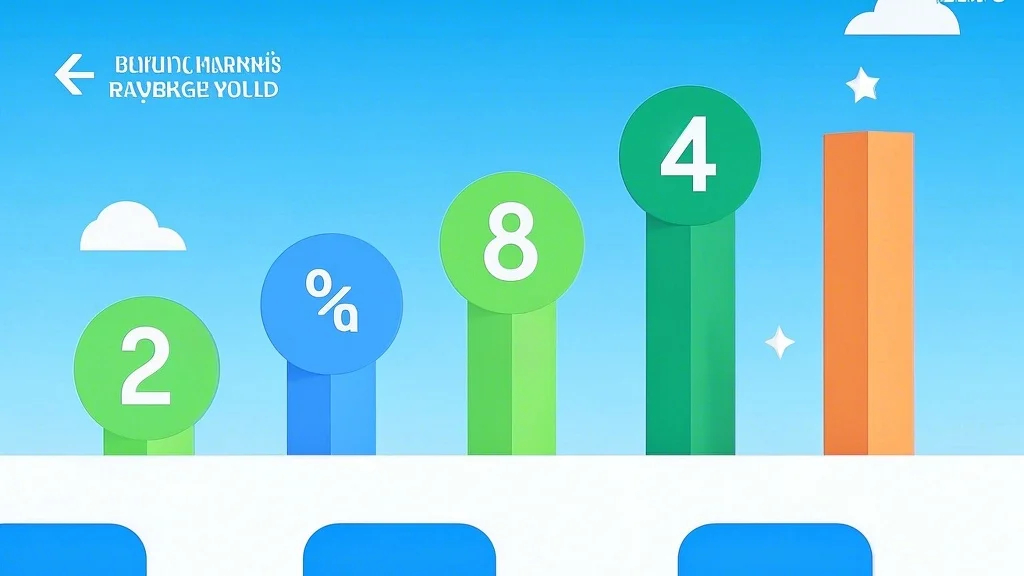In the dynamic world of investing, choosing the right ETF can significantly impact your returns. This article explores the critical comparison between iShares and SPDR Gold ETFs, focusing on their expense ratios, additional factors, and future trends to help you make informed decisions.

Gold ETF Expense Ratios, iShares vs SPDR, Expense Ratio Comparison, Gold ETFs, Investment Management, ETF Performance, Expense Impact, Investment Decisions.
Understanding Gold ETFs and Expense Ratios
In the realm of investment vehicles, Exchange-Traded Funds (ETFs) have emerged as a favorite for many, offering diversification, liquidity, and flexibility. Gold ETFs, in particular, allow investors to gain exposure to the gold market without the need for physical storage or the complexities of futures contracts. These funds are especially appealing during times of market volatility, offering a safe haven and potential hedge against inflation.
One of the pivotal factors when selecting an ETF is the expense ratio. This ratio, expressed as a percentage, represents the annual fees charged by the fund to cover operational costs, management, and other expenses. While seemingly small, these fees can substantially impact long-term returns. For instance, an ETF with an expense ratio of 0.20% versus one with 0.50% can result in a significant difference over a decade.
iShares vs SPDR: A Comparative Overview
Two prominent players in the gold ETF space are iShares and SPDR. iShares Gold ETF (often denoted as SGLD) and SPDR Gold Shares (GLD) are frequently compared for their performance and cost structures.
iShares Gold ETF (SGLD):
iShares, a division of BlackRock, offers the SGLD, which tracks the price of gold bullion. Known for its low expense ratio and large asset base, SGLD is a popular choice among investors seeking direct exposure to gold. As of recent data, the expense ratio is 0.39%.
SPDR Gold Shares (GLD):
SPDR Gold Shares, issued by State Street Global Advisors, is one of the oldest and largest gold ETFs. It also tracks the price of gold and has an expense ratio of 0.40%. While slightly higher than some competitors, the fund’s stability and liquidity are notable.
Comparing these, both ETFs are close in expense structure, but SPDR’s ratio is marginally higher. Factors beyond expense ratios, such as tracking error and liquidity, should also influence your decision.
Additional Considerations
Beyond expense ratios, several factors can impact your investment choice:
Tracking Error: This refers to the difference between the ETF’s return and the underlying asset’s return. A smaller tracking error indicates the ETF closely follows its benchmark.
Liquidity: High liquidity ensures ease of buying and selling without significant price impact, crucial for active traders.
Management Style: Understanding the fund’s approach to management and cost structure can provide insights into potential future performance.
Impact of Expense Ratios and Future Trends
Expense Impact on Returns
The cumulative effect of expense ratios over time can be substantial. Using a hypothetical investment of $10,000:
At 0.39% annual expense, SGLD would deduct $40.50 yearly.
At 0.40% annual expense, GLD would deduct $42.00 yearly.
Over a decade, these deductions can add up, highlighting the importance of lower fees. Calculating these impacts can aid investors in long-term planning.
Choosing the Right ETF
When deciding between iShares and SPDR, consider:
Investment Goals and Horizon: Are you seeking short-term gains or long-term stability?
Fees Structure: Look beyond expense ratios to management fees and other costs.
Brokerage Costs: Trade costs can offset savings from lower expense ratios.
Future Trends in Gold ETFs
Looking ahead, several trends may influence Gold ETF performance:
Gold Price Movements: Geopolitical tensions and economic policies can drive demand.
Interest Rates: Rising rates can impact gold’s appeal as a hedge.
Regulatory Changes: New regulations could affect structure and operation.
Cryptocurrency Impact: The rise of digital currencies poses a challenge to traditional safe-haven assets.
Selecting between iShares and SPDR Gold ETFs involves more than just expense ratios. While both offer attractive options, understanding tracking error, liquidity, and management style is crucial. Additionally, staying informed about market trends and structural changes can enhance your investment strategy. By carefully considering these factors, investors can navigate the ETF landscape to align with their financial goals effectively.




